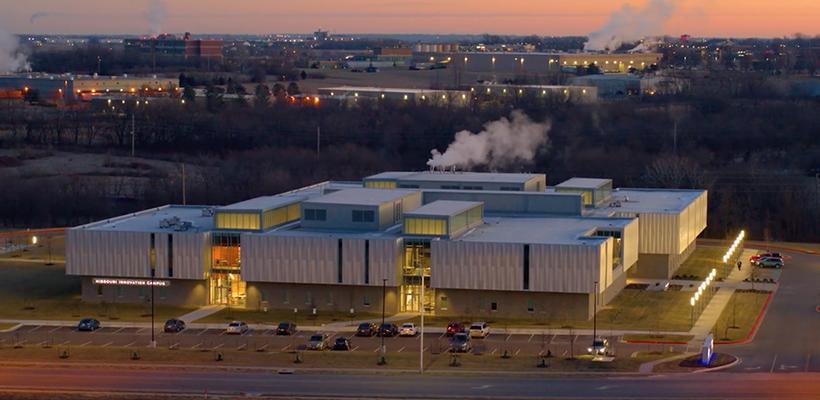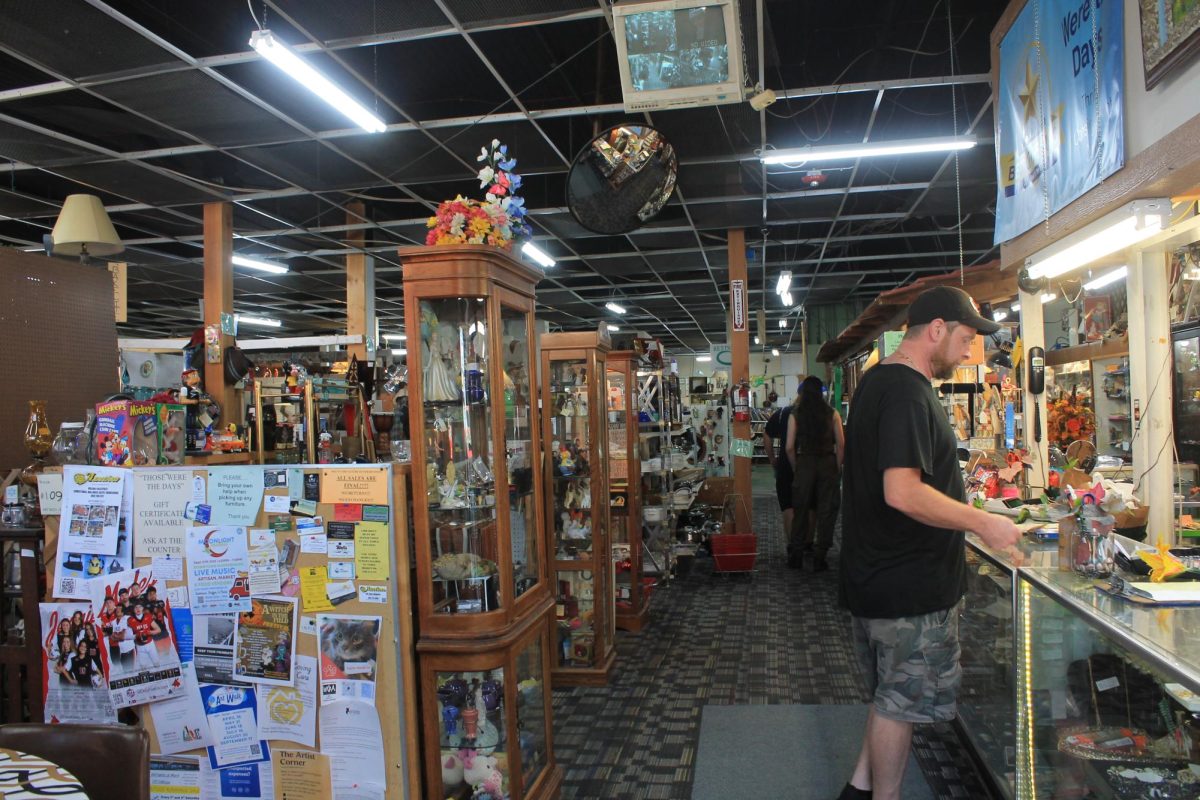Education continues to evolve and as curriculum changes from year to year, the buildings students learn in are beginning to match the innovation in the classroom.
The Missouri Innovation Campus in Lee’s Summit was created to reflect innovation both in the classroom and in the architectural design. Gould Evans and DLR Group partnered to design the 135,000 square foot MIC building in collaboration with UCM, the Lee’s Summit R-7 School District and Metropolitan Community College. Upon completion in 2017, the MIC building received numerous awards, inspired educators across the country and allowed DLR and Gould Evans to break into new realms of architecture.
The R-7 District funded the $40 million facility through a no tax increase bond issue in 2015. Through the partnership with UCM, the R-7 District is paying for 40 percent while UCM covers the other 60 percent. The lease agreement for UCM spans 20 years but features four renewals that can give the facility 100 years of use.
David Reid, principal at Gould Evans in Kansas City, said the MIC was the most innovative project either firm had taken on at the time.
“It really set a new benchmark for how education should be viewed with more precedence set by workplace environments,” he said.
UCM and the R-7 District housed their programs in a facility next door that has since been purchased by the Cerner Corporation. Reid said the building was lacking many of the capabilities that both parties were looking for in the new facility.
“To the credit of the MIC and Summit Tech staff, they were doing great work in the old facility, which if you’ve ever seen it was less than ideal,” he said. “The real value of the new building was to offer more flexibility and better support than what they were already able to do despite the facilities. I think they’ve all felt like it accelerates a students growth in these workplace competencies.”
Part of the initial planning for the MIC involved soliciting opinions and feedback from the business partners that host student interns as well as students currently enrolled at UCM Lee’s Summit or Summit Tech Academy.
“We had roundtable discussions with both the high school students at Summit Tech and college students enrolled through UCM,” Reid said. “Those discussions were really instrumental in helping us understand the culture of what was happening in the existing facility and what was desired in the new one.”
Reid said the direction they received was to create a building that did not draw inspiration from a school or an office building.
“It had to be timeless and not bring any preconceptions,” Reid said. “It became really apparent that the interior functions were going to evolve over time. They (the MIC) are constantly starting new programs based on industry needs in the region. We took a very inside out approach to the building design to create an interior that was highly flexible and adaptable over time.”
A more open floor plan that connected the different sections of the building was used to differentiate from a normal school layout.
“There are more opportunities for the different program areas to direct adjacencies to other program areas so there are opportunities for collaboration,” Reid said. “A typical school building is designed in wings with a corridor down the middle and that’s not the flexibility we were trying to accomplish.”
The facility features 60 classrooms, many of which feature a glass wall that can slide out to allow classes to combine for collaboration. Nursing students are provided with technology that simulates a hospital wing. Rooms modeled to replicate a counselor’s office were created to give students a feel for what they might work with in the future.
The partnership between DLR and Gould Evans formed in part because of a nearly 20-year friendship between Reid and Kevin Greischar, principal at DLR as well as both firms having connections with UCM and the R-7 District. Gould Evans has been an on-call contractor for UCM for some time and DLR worked with Lee’s Summit Schools. Both firms are currently working together on the district-wide master plan for Lee’s Summit schools.
Both firms began the project with the idea that the MIC facility would be nationally recognized after President Barack Obama praised the concept in his 2013 visit to UCM.
“Everybody knew this project was going to be in the national spotlight, which it has,” Reid said. “It had better be the best example of where education is going because of that recognition.”
Both firms hosted interns from MIC, including students who were able to work hands-on with the development of the new facility. Reid said the firms typically hire college students who are closer to their graduation for their internships but have found that the MIC produces students who are ready for the task at a younger age.
“It demands more maturity and accountability. You have to be more self-motivated,” he said. “We talk a lot in our industry about self-regulated learning where students take ownership of managing their education and they (the MIC) are doing a great job of developing that early.”
Reid said both firms are interested in continuing to create innovative buildings to help further education in the future.
“The stuff that gets us out of bed in the morning is the opportunity to create more powerful learning experiences for students that will make them more successful in their careers,” he said. “If we continue the status quo in the way we teach, in rows and columns with desks, we’re doing our students a great disservice.”
Editors note: This version of the story includes the cost to construct the Missouri Innovation Campus building.








